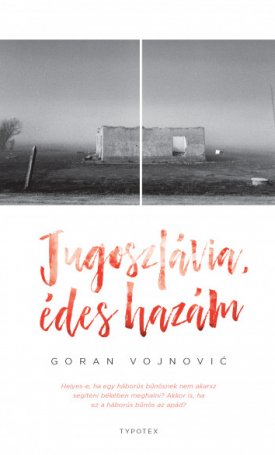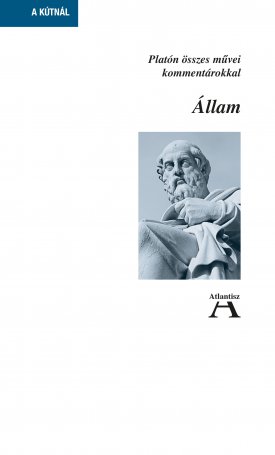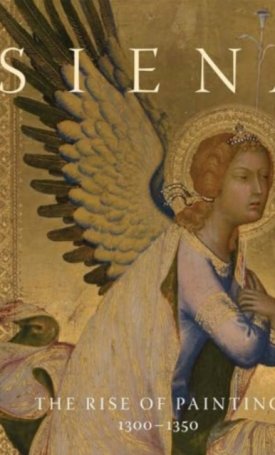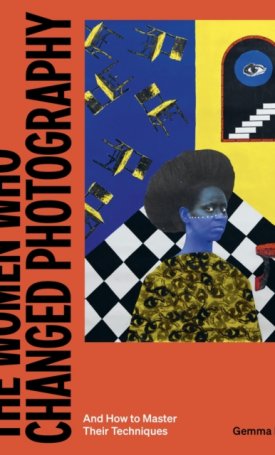Aegean Art and Architecture
-10%
4 450 Ft
4 005 Ft
Előrendelés(Bejelentkezés szükséges)
A kedvezményes árak kizárólag a webshopunkon keresztül leadott megrendelésekre érvényesek!
Aegean Art and Architecture
Only book on the prehistoric Aegean designed to be accessible to a general audience and the specialist
Examines both Crete and the Mainland in a single book
Provides a historiographical survey of the discipline
The amazing discovery of the `first European civilization` in Crete, Greece and the Aegean islands during the late nineteenth and early twentieth centuries was beyond what anyone had imagined. Beginning with the Neolithic period, before 3000 BCE, and ending at the close of the Bronze Age and the transition to the Iron Age of Hellenic Greece (c .1000 BCE), this is the first comprehensive introduction to the visual arts and architecture of this extraordinary era.
This book introduces the reader to the historical and social contexts within which the arts - pottery, gold, silver, and ivory objects, gravestone reliefs, frescoes, and architecture - of the Aegean area developed. It examines the functions they served, and the ways in which they can be read as evidence for the interactions of many different peoples and societies in the eastern Mediterranean. It also provides an up-to-date critical historiography of the field in its relationship to the growth of ancient art history, archaeology, and museology in the nineteenth and twentieth centuries, giving a contemporary audience a clear appreciation of what has been at stake in the uncovering and reconstruction of this ancient society.
Contents
1. Introduction: Aegean Art and Architecture
The environment; Discovering the Aegean World; Art and art history; Objectives; Organization.
2. The Neolithic Period and the Prepalatial Early Bronze Age
Settlements; Burial practices.
3. The First Palace Period
Middle Bronze Age palaces and villas; The vernacular tradition in Greece and Crete; Ritual practices; Summary.
4. The Second Palace Period
Public art, private art, and the palatial architectural style; The Second Palaces: Knossos, Phaistos, Gournia, and Kato Zakro; Minoan villas: function and design; The terminology and typology of Minoan palatial buildings; The Minoan and Mycenaean spheres of influence; Religious practices; Burial practices.
5. Mycenaean Domination and the Minoan Tradition
The Mycenaean palace at Pylos; The Mycenaean palace at Knossos; Haghia Triadha and Kommos; The continuation of Minoan building techniques in the Third Palace Period; Burial practices; The Mycenaean shrine at Phylakopi; The circuit walls at Mycenae and Tiryns.
6. Conclusion: Disruptions, (Dis)Continuities, and the Bronze Age
The eastward migration of Aegean traditions; The international style; Cyprus, Palestine, and the Peoples of the Sea; Tradition and transformation; What goes around comes around: Daedalus returns to Crete.
Notes; List of Illustrations; Bibliographic Essay; Timeline; Index
Kiadó: Oxford University Press
Sorozat: Oxford History of Art
Kategória: Művészettörténet, Képzőművészet
Sorozat: Oxford History of Art
Kategória: Művészettörténet, Képzőművészet

















